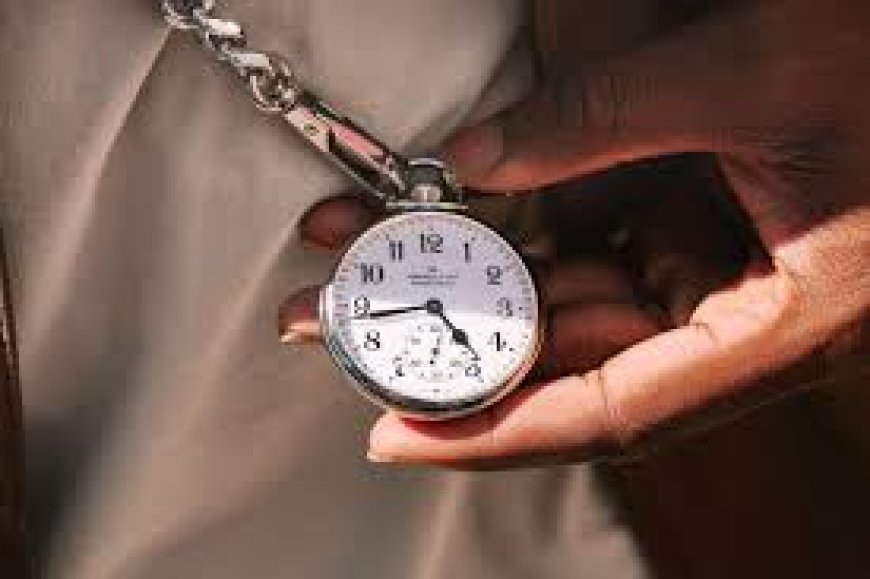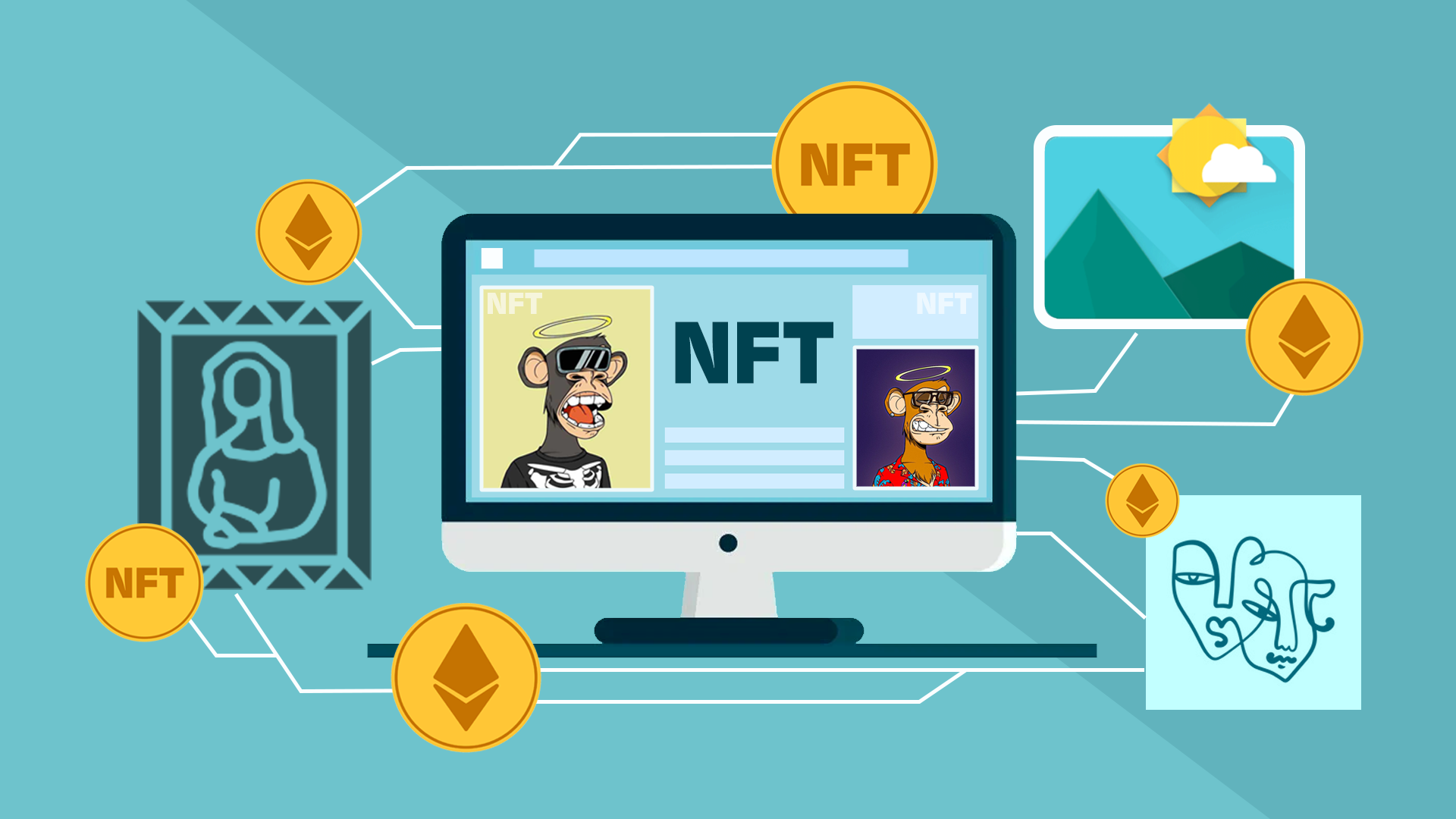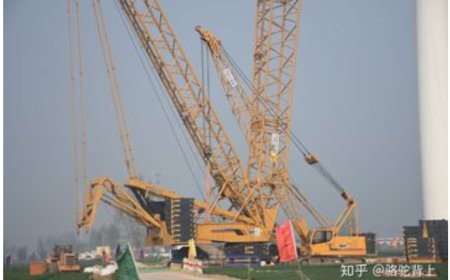Railroad Watches and the Standardization of Time in America
Discover how railroad watches played a critical role in the standardization of time in America and revolutionized railway safety and punctuality.

Time. Its something we take for granted. Your phone knows it. Your smartwatch knows it. But there was a time in America when time wasnt the same everywhereliterally.
Back in the 1800s, every town had its own version of time, based on the position of the sun. That might have worked for local life, but as the country grew and the railroads expanded, it became a major issue and in some cases, a deadly one.
Thats where the railroad watch enters the picture.
Before Standard Time: A Country in Chaos
Imagine you're running a train from Chicago to New York. Every town you pass through is on a slightly different time. One towns noon is another towns 12:13. Now try to build a schedule for that train. Total nightmare, right?
This confusion wasnt just inconvenientit was dangerous. Trains operated on tight schedules. One small miscommunication could lead to disaster.
Thats exactly what happened in 1891 near Kipton, Ohio, when two trains collided because one conductors watch had stopped for just four minutes. Four minutes. Thats all it took to cost lives and spark change across the entire railway industry.
The Birth of the Railroad Watch
After the Kipton crash, railroads took action. They needed watches that were accurate, reliable, and consistent. No more room for guesswork or cheap timepieces. This led to the creation of strict standards for what became known as the railroad grade watch.
To qualify, a railroad watch had to meet a checklist of technical requirements:
-
Accurate within 30 seconds per week
-
At least 17 jewels to reduce friction
-
A clear open face design (winding stem at 12 oclock)
-
Bold Arabic numerals for easy reading
-
A lever-set mechanism, so the time couldnt be changed by accident
Railroad workersconductors, engineers, brakemen were now required to carry these watches. And they were inspected regularly to make sure they stayed within spec. If a watch was off, the worker could be taken off duty.
How Railroad Watches Changed American Time
Heres where it gets even more fascinating. The accuracy needed for railroad watches led to something much bigger than just safer trains. It pushed America to adopt Standard Time.
On November 18, 1883, railroad companies agreed to divide the country into four time zones: Eastern, Central, Mountain, and Pacific. That day is famously known as The Day of Two Noons, because clocks in many towns had to jump forward or back to align with the new standard.
It wasnt until 1918 that the U.S. government officially adopted this system. But by then, thanks to the railroads and their watches, most of the country was already living by it.
So in a way, railroad watches didnt just keep timethey unified it.
Why Railroad Watches Still Matter Today
Even in a world of atomic clocks and GPS time sync, railroad watches have a lasting legacy. They remind us of a time when precision could save lives. They tell the story of how America transitioned from a local mindset to a national one. And for collectors and watch lovers, theyre prized for their craftsmanship and historical value.
Watches from makers like Hamilton, Elgin, Waltham, and Ball arent just collectiblestheyre functional pieces of history.
Whether its the smooth ticking of a 21-jewel movement or the story of the conductor who carried it, owning a railroad watch is like holding a piece of American progress in your hand.
Final Thoughts
The next time you glance at your clock or phone, take a moment to appreciate the journey weve taken to get here. From local sun time to national time zones, from sundials to precision pocket watches, its been quite the ride.
And it all started with a watch built for the rails.
Looking to own a piece of that history?
A railroad watch isnt just a timepieceits a legacy. Explore authentic railroad watches and bring home a reminder of the era that changed how America kept time.





































